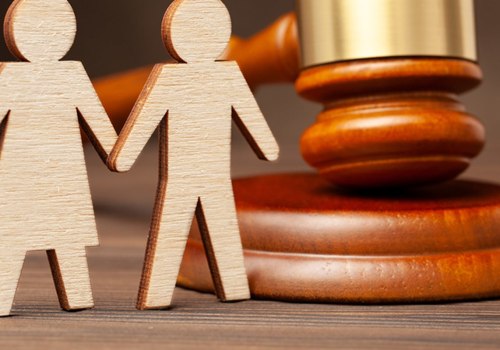The appointment of a guardian in New York is provided for in section 81 of the Mental Hygiene Act (MHL). There are two areas where a guardian may be needed. A person who is found to be incapacitated may need a guardian for their personal needs. From May 1787 to the present day, substitute courts in the county have registered probate.
However, the probate court and the chancellery court processed the assets of deceased persons who died in one county but owned property in another. A law of 1823 required that all estates be under the jurisdiction of the county's substitute courts. Each substitute court has a complete index of all probate records, including unregistered probate packages. William Applebie Daniel Eardeley summarized the wills, administrations, and guardianships of most of New York State during the period 1787 to 1835. These may include wills, guardianships, bonds, petitions, accounts, inventories, administrations, orders, depositions, decrees and distributions.
These records were first in the custody of the probate court and later the appellate court; therefore, they are not in the Albany County surrogate mother's office. These cases demonstrate the specific nature of the facts of an analysis of MHL § 81.14 (b) where the court is required to balance the interests of the public; the orderly and sound administration of justice; the nature of the proceedings; and the privacy of the AIP. I called the Queens County Clerk and was able to confirm that, in Queens, to review an electronically filed guardianship case in which you are not a party, you must physically travel to the county clerk's office or make a request for documents by mail. Although guardianship proceedings are open to the public for observation, many Article 81 professionals assume that all county clerk's guardianship case files are sealed and protected from public view in the same way that disclosure of documents in matrimonial cases is prohibited to any person other than the parties, their lawyers and court staff (appointment omitted).
The will is the “judicial procedure by which a will is proven to be valid or invalid and covers “all matters and procedures related to the administration of estates, guardianships, etc. Most counties have consolidated wealth index books, which index files of probate, wills, administrations, probate letters, guardianships, administration bonds, guardianship bonds, etc. These records are now in state archives as Records of the New York Probate Court and its Colonial Predecessors, 1664—1823. Reflecting some of the singular verbiage of probate records, there are a handful of additional documents that could accompany the royal will, which may include significant genealogical information data. In Matter of Astor, the New York County Supreme Court issued an interim order that sealed the court file, but several news organizations asked to overturn the order arguing a public access right.
FamilySearch (formerly Genealogical Society of Utah) has microfilmed many probate records in the custody of substitute courts in numerous New York State counties. For example, the New York County Supreme Court Online Records Library (“SCROLL”) makes online file review in any given civil case quite easy. Notaries kept these wills and other original legal documents (such as marriage contracts, guardianships, learning letters, powers of attorney, contracts and transfers) in their personal custody. Most of these records are wills, but the State Archives also has a limited number of other probate records.
Probate records include wills, probate inventories, letters of administration, and other documents related to the administration and liquidation of the assets of deceased persons. .










